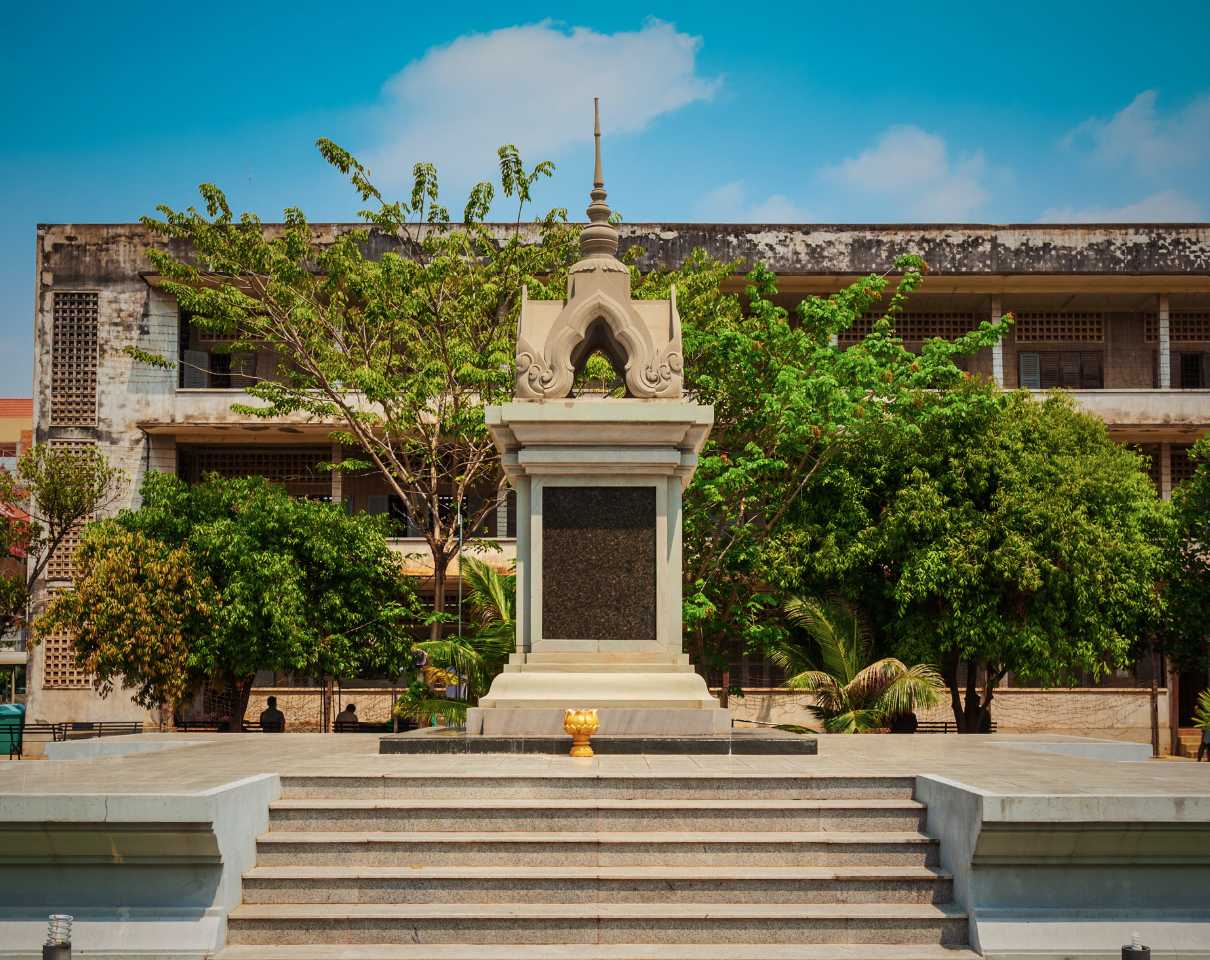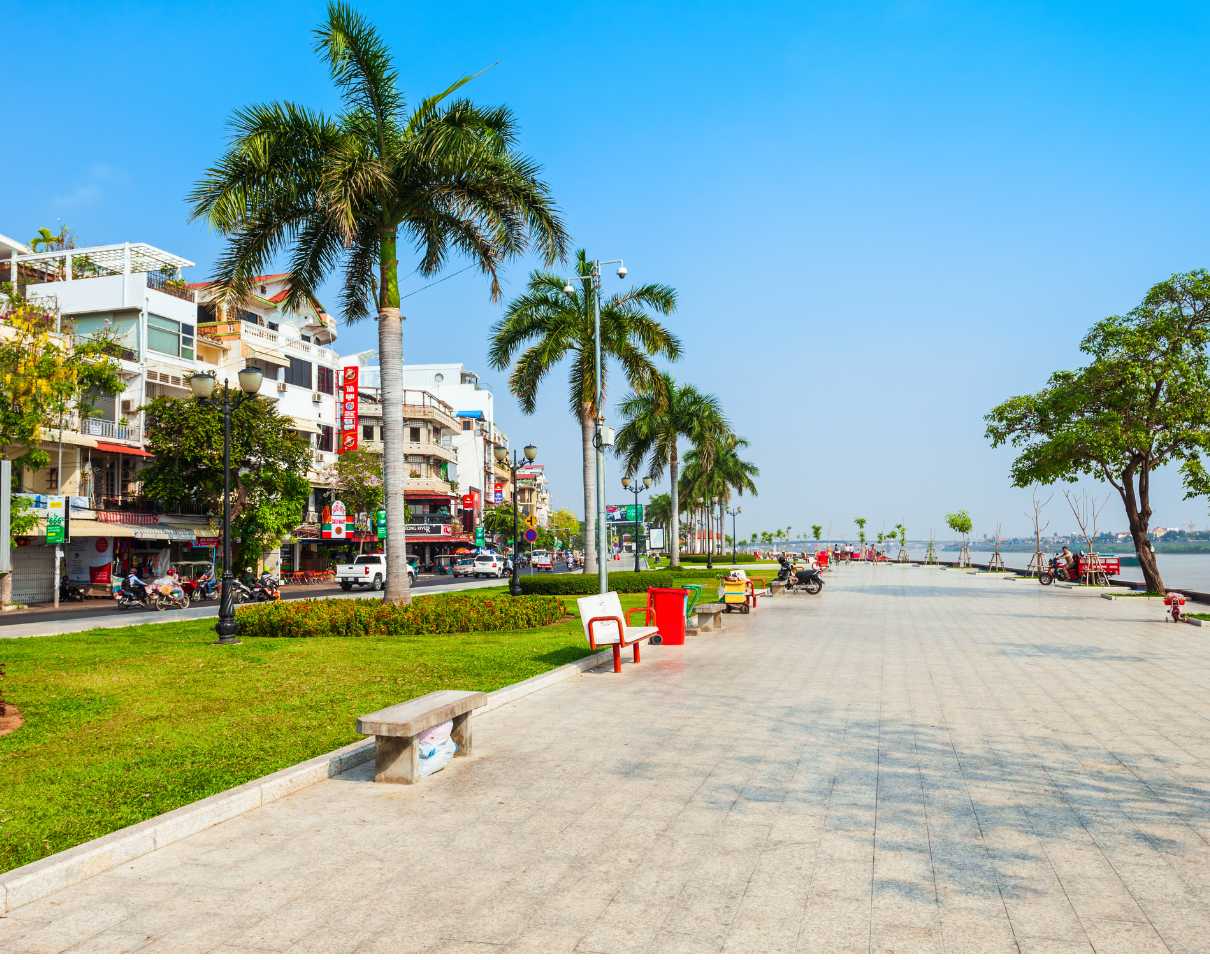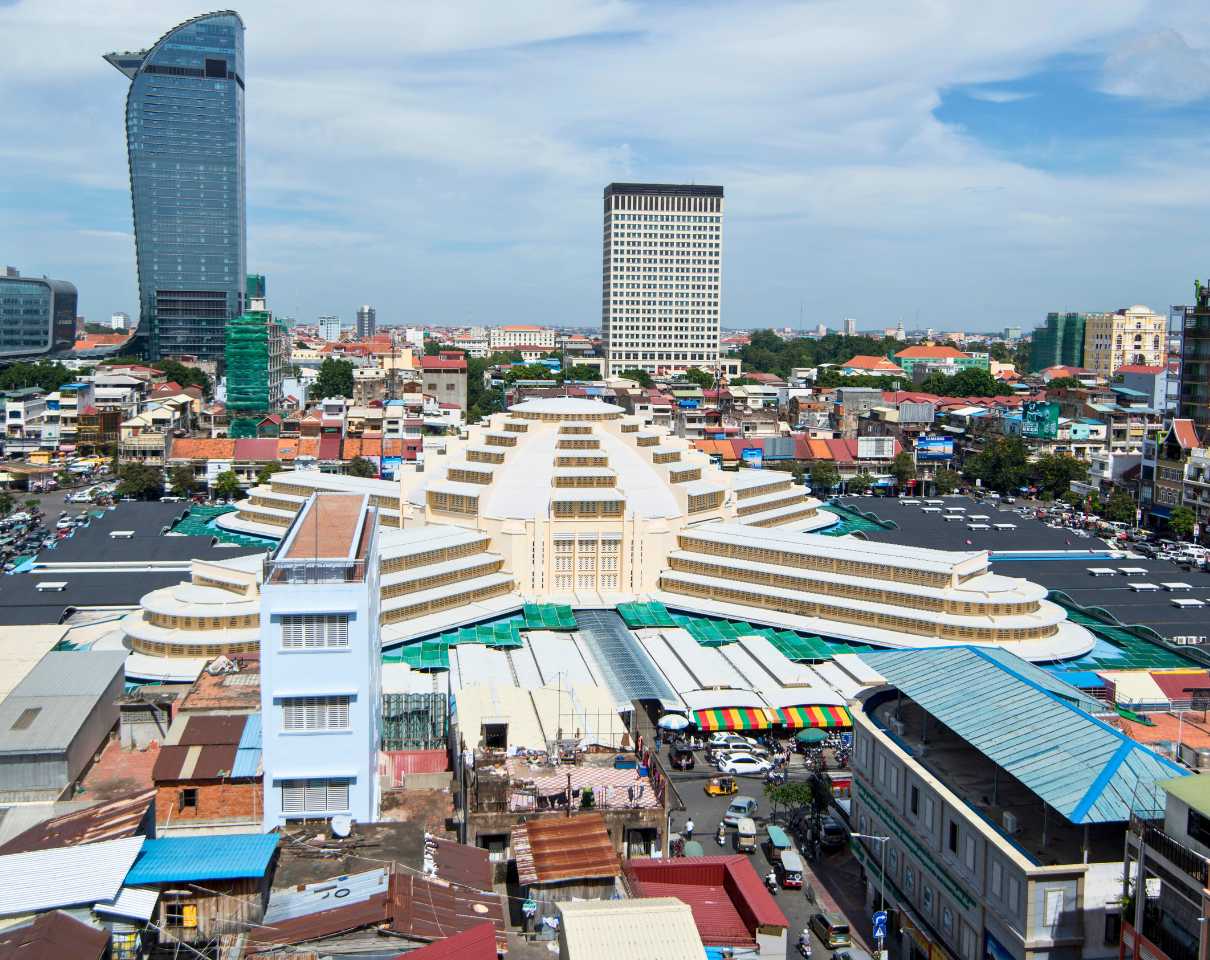Cambodia’s Heartbreaking Memorial
Tuol Sleng Genocide Museum is not an easy place to visit, but it’s one of the most important. Set in the quiet backstreets of Phnom Penh, this former school turned prison bears witness to one of the darkest chapters in Cambodia’s history. Visiting S-21, as it was known under the Khmer Rouge, is a deeply emotional experience but it offers vital insight into the resilience of the Cambodian people and the importance of remembrance.
1.5 - 2 hours
Time to Spend
Teens and Adults
Suitable for Age
Recommend
Audio Box
On-site
Restroom
A School That Became a Prison
Before the Khmer Rouge came to power, this site was a regular high school named Tuol Svay Prey. In 1975, it was transformed into Security Prison 21 (S-21) a secret center of interrogation, torture, and execution. Over 18,000 prisoners passed through its gates, accused of being enemies of the regime. Most never left alive.
Tuol Sleng was one of hundreds of detention centers, but it became the most notorious. The Khmer Rouge documented everything: mugshots, forced confessions, and chilling records that now form the core of the museum’s exhibits.
Today, the classrooms remain some divided into crude cells, others displaying haunting black-and-white photos of the victims. Blood stains, iron shackles, and graffiti from detainees are still visible, preserved as stark reminders of what happened here.
What Visitors Can Expect
The museum is quiet, and many visitors walk through in silence. Audio guides are available in multiple languages and help explain what happened in each building. You’ll hear survivor testimonies, accounts from former guards, and historical background on the Khmer Rouge regime.
While the subject matter is heavy, the museum is respectful in tone. At the end of the tour, you may meet one of the few living survivors, often seated near the entrance, sharing their stories and signing books. Their presence is powerful a symbol of endurance.
There’s no escaping the emotional weight of Tuol Sleng. Many visitors leave changed. It’s a place to reflect, to learn, and to honor those who never made it out.



